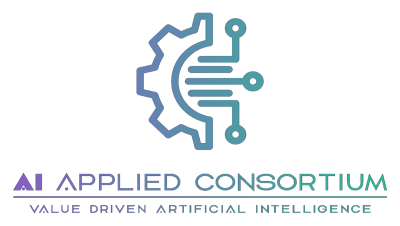2025 is Wrapped!
We're returning to Chicago October 2026!
In the face of global economic uncertainty, rapid tech innovation, and workforce transformation, the "connected worker" has emerged as a key enabler of manufacturing resilience, agility, and productivity. The Connected Worker: Manufacturing Summit is the only event in North America that addresses how to achieve the next frontier of digital manufacturing by empowering workers with technologies that bridge the skills gap, drive plant efficiency, and deliver bottom-line results.
300 Manufacturing leaders gathered for 3 days of engaging sessions and a sold out Expo Hall at The 4th Annual Connected Worker: Manufacturing Summit. The event will return October 2026 for the fifth year to explore the connected worker strategies and technologies that can help you navigate an ever-changing manufacturing environment.
Join us to Learn How to:
Welcome to the 2026 Event Sponsors





What our attendees say:
Sponsorship Opportunities Available
Our attendees are looking for solutions to help them develop the next frontier of digital manufacturing by empowering workers with technologies that close the skills gap, build supply chain resilience, improve plant efficiency, and reduce costs.





































































































